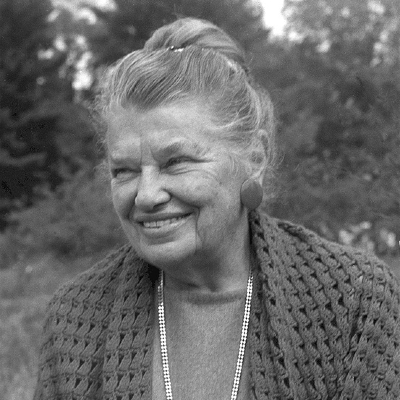Lebanon Report 2021: #2, Tragedy and Hope in Lebanon
Two people were walking along a beach. They came to a place where the beach was covered with dying starfish. Hundreds, maybe thousands, of starfish lay trapped on the sand, drying out in the sun.
The first person said, “Look at all of these starfish dying here. That’s so sad.”
The second person began picking up some of the starfish as he walked and throwing them back into the water, one by one.
“Why are you doing that?” the first person asked. “Look at all of these starfish. There are thousands of them and only one of you. There’s no way that anything you do can possibly make a difference.”
The second person did not respond. Instead, he just picked up another starfish and threw it into the water.
“Maybe you’re right,” he said. “Maybe I can’t make a difference for all of them. But I sure made a difference for that one.”
—Traditional story told to encourage charity even in situations that seem to be hopeless. For there is always a reason to hope, and a reason to act in charity out of compassion, even if it helps only one person

This is the first of our reports on the situation in Lebanon to our “Friends of Lebanon” — those who have sent donations to support the people of Lebanon. We are calling it: Lebanon Report #1, June 1, 2021. All the reports will be archived on the Inside the Vatican website.
Note: We have just reported earlier today that Pope Francis has dramatically invited the Christian leaders of Lebanon to come to Rome on July 1 to discuss the situation of the country. This shows the importance to the Church of the situation of Lebanon right now. To read our report, click here.
Friends of Lebanon: Who We Are
Friends of Lebanon is one of several projects being carried out by UNITAS, an initiative of Urbi et Orbi Communications. Through it, we seek to make a difference — like the second person in the starfish story — in the lives of Christians living in Lebanon.
Even though most of us have never set foot in Lebanon, the country has held a special place in our hearts for many years. Over the past decade, the monastery of the Lebanese Maronite monks at the Villa Serenella in Rome has become a calm oasis for us amid the hustle and bustle of the Eternal City. For many years, we have brought pilgrims to the monastery and listened to the traditional liturgy of the Maronites, sung in the ancient Syriac language.
This personal connection was the reason why, when we heard about the Beirut port explosion on August 4, 2020, we felt that we had to do something to help.
Through a number of Urbi et Orbi e-mail newsflashes sent out to the 15,000 readers of the Moynihan Letters, we requested support for those affected by the blast. We raised more than $20,000 from donors in the U.S. and all over the world. These funds were used to provide immediate, life-sustaining aid to those who were suffering most in the wake of the blasts, in the form of food, payments for utilities like water and electricity, and other basic needs.
(If you would like to support this initiative, please click on the button below.)
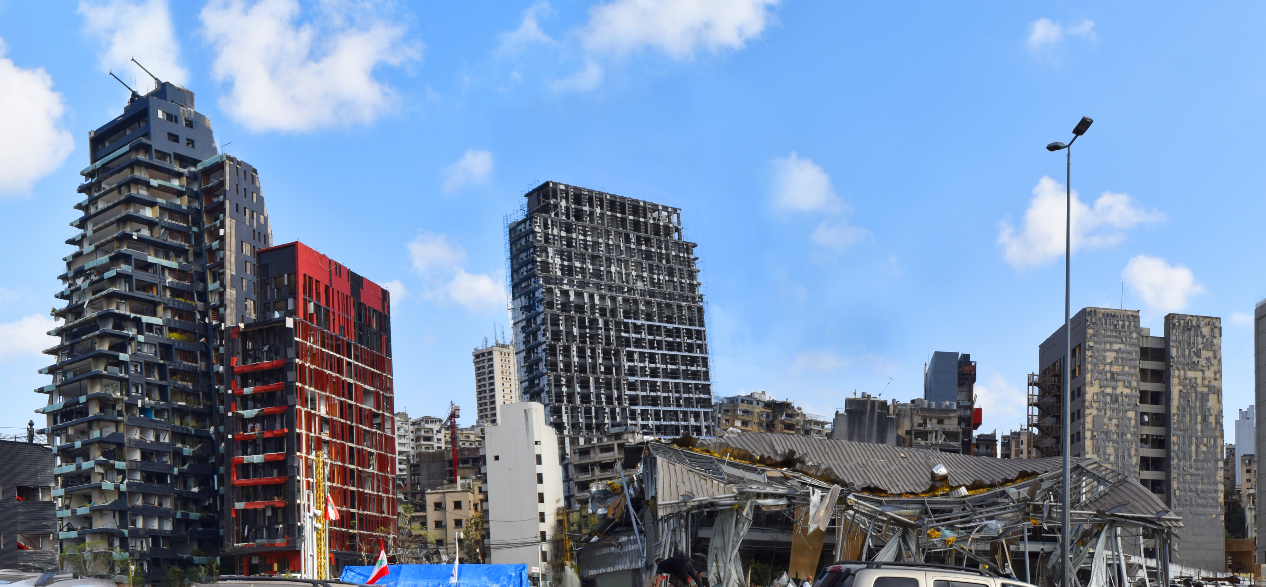
Directly following the explosion, we reached out to Tony Assaf, a Vatican journalist from Lebanon, and Fr. Maged Maroun, a Lebanese monk who lives in Rome. Tony is a close friend of ours who was, once upon a time, a seminarian at the Villa Serenella on the outskirts of Rome, where Fr. Maged still lives and works. They put us in touch with Fr. Joe Bou Jaoude, a Maronite priest living in Beirut, Lebanon, where he ministers to the Maronite community there. Through Fr. Joe and Tony, we made contact with two people who have worked closely with us over the past year: Georges Assaf, Tony’s brother, a Maronite Catholic, and Aya Naimeh, a member of the Greek Orthodox Church, both living in Beirut.
Georges and Aya, along with a number of other young Lebanese men and women, visited personally those harmed by the explosion, and, when they thought it was needed, they offered modest help. In this way, dozens of Lebanese affected by the August 8 explosion in Beirut were helped.
Together with Georges and Aya, this spring, after six months of work, we began to shift the focus of our project: in addition to providing short-term help in the wake of the explosion, we are now also working to bring long-term hope to the afflicted Christians in Lebanon.
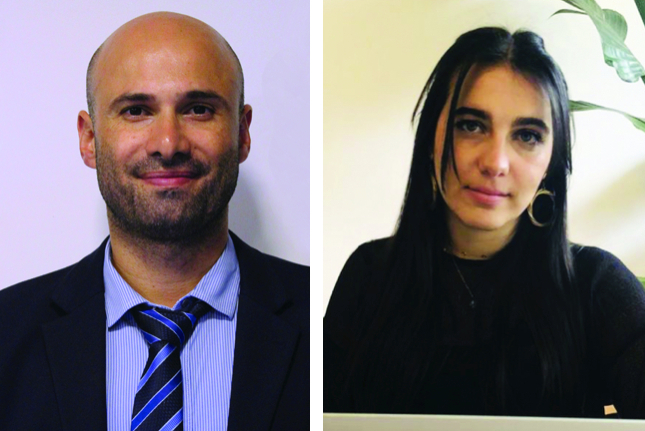
Georges Assaf, above left, and Aya Naimeh, above right
After the Blast: Our Impact
Through our partnership with Lebanese Young Talents, an organization that Georges and Aya have worked with for several years, we were able to provide financial assistance to dozens of needy individuals and families in the months following the blast. Our aid was divided into two components.
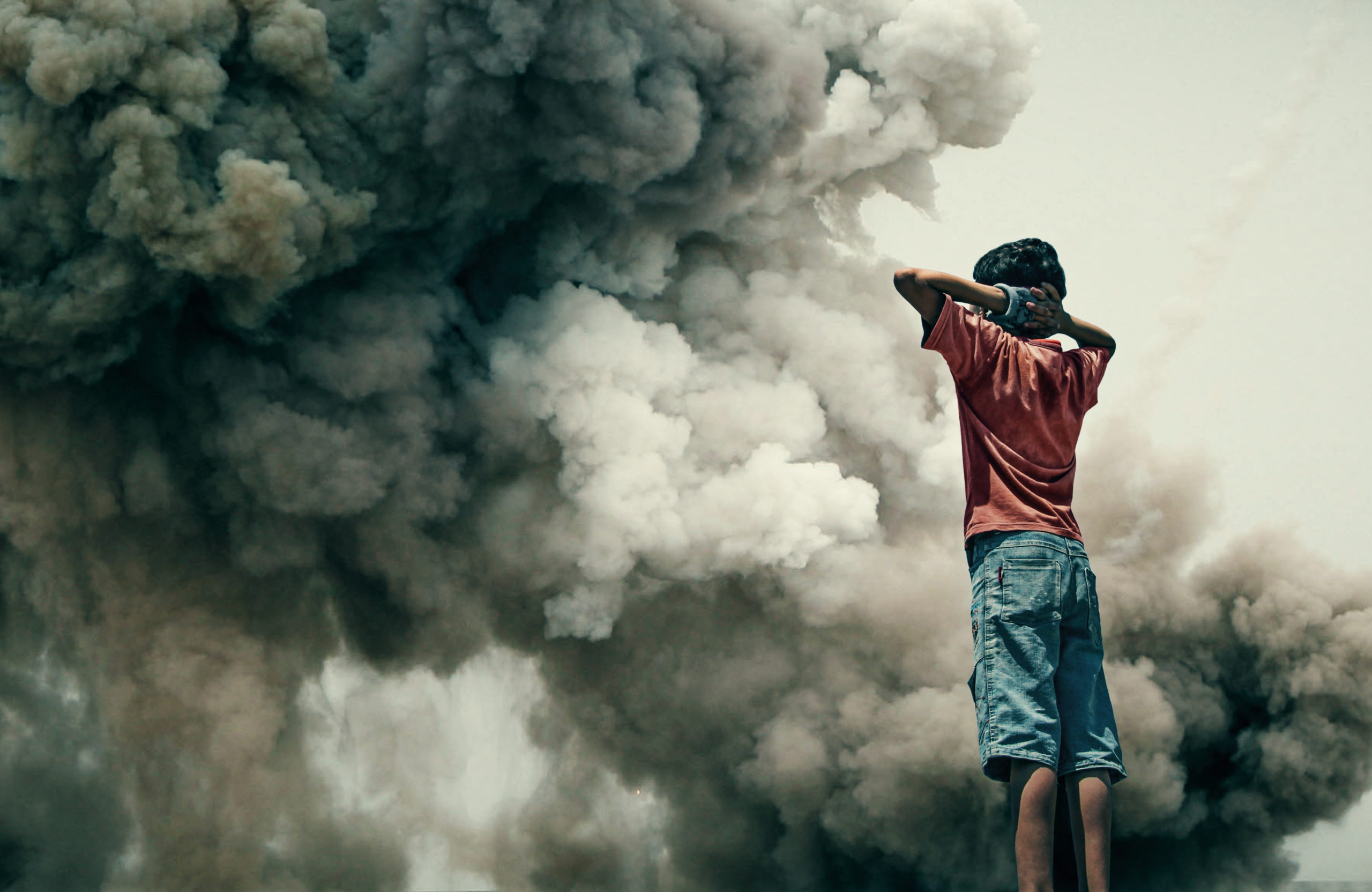
During the months of August, September, and October, directly following the blast, more than $12,000 in emergency relief funds were disbursed to 66 affected individuals, all of whom used the funds to pay for basic necessities for themselves and their families.
As the crisis continued through the fall of 2020 and into the spring of 2021, we began to provide education funds to directly support students in Beirut who had had their studies disrupted. Through Georges and Aya, we were able to disburse more than $4,700 to a total of 27 students up until March of 2021, helping them to continue their studies.
A video on the Instagram page of Lebanese Young Talents can give you an idea of the urgency of the situation and the impact that your donations have made.
The video features the story of one of the individuals who received emergency funds through Friends of Lebanon. This man, Anthony Karam, was driving in his car about 400 meters from “ground zero” when the August 4 explosion occurred. The blast struck him with great force. He suffered face wounds and then, with great difficulty, began to walk through the streets of Beirut in search of a hospital that was not full. He found a hospital that took him in and endured a five-hour operation to save his sight. The video can be seen here. The video may be difficult for you to watch — especially at the end, where Anthony describes his relief at recovering sight in his left eye after the operation, while simultaneously realizing that he had permanently lost all vision in his right eye.
There is another video on the Lebanese Young Talents page thanking everybody who donated to support students continuing their education during the 2020-2021 school year. That video can be seen here.
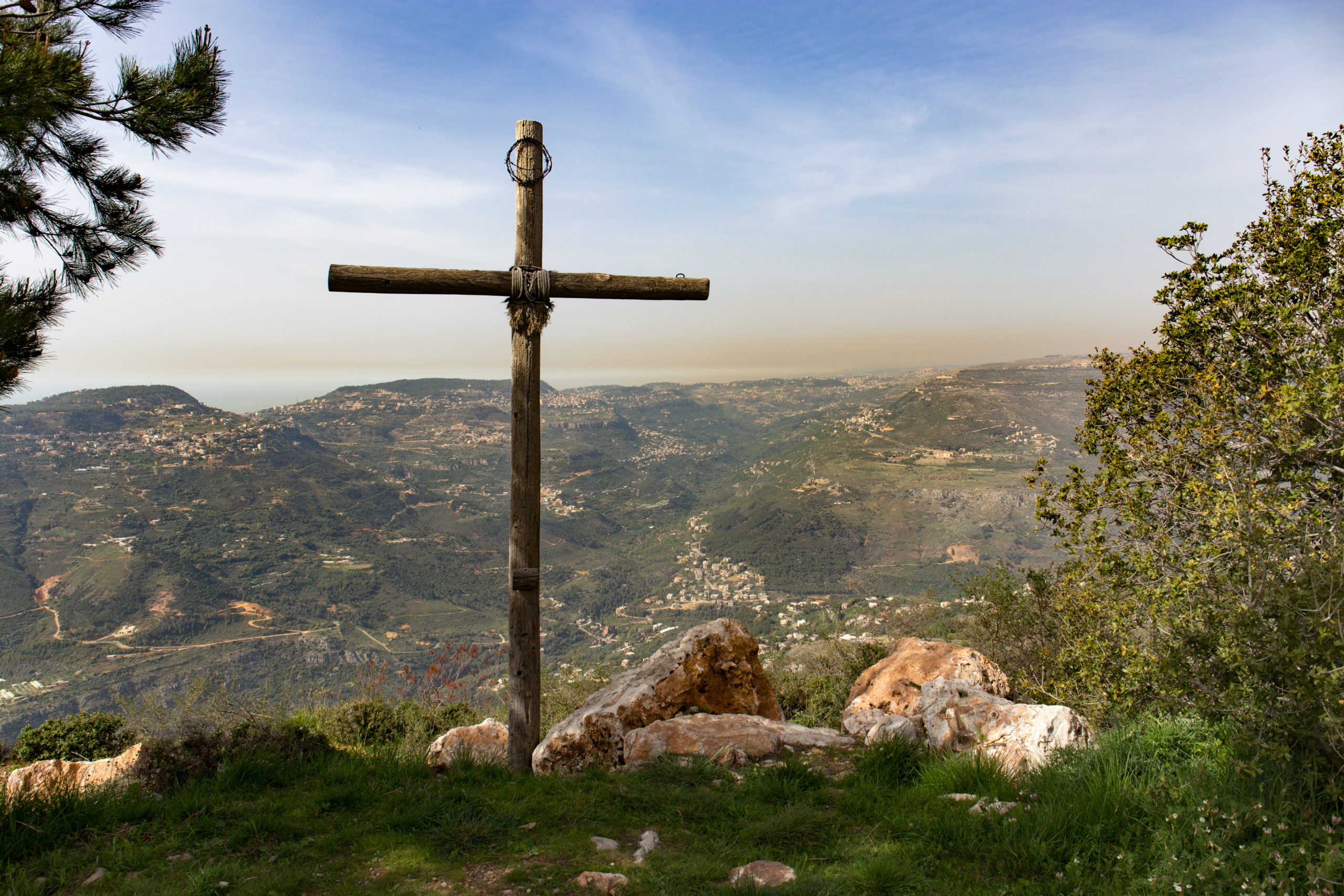
Where do we go from here?
Though we are now 10 months removed from the date of the explosion, Lebanon is still confronting multiple crises, including an unprecedented economic depression, which has been worsening since 2019, months before the blast. This video provides one summary of the origins and current state of Lebanon’s economic crisis. As the correspondent states at the 2:30 mark of the video:
“Our deposits are trapped in banks, who are the co-signatories of this crisis. The Lebanese people are obliged to withdraw their money at an extremely depreciated rate, effectively reducing the market value of our assets by 65, and soon 70 or 75 percent. Who knows if it’ll be 100 percent in a few months? This means that every day the Lebanese citizen endures an effective haircut on his or her hard-earned money, even if no official policy was called by the state.”
The government of Lebanon also defaulted on a debt payment one year ago, making the country’s financial crisis worse.
This article describes how the current economic crisis is making it difficult for Lebanese to buy food for their families, along with a pictograph showing the decrease in purchasing power of the Lebanese pound over the last two years.
In addition to the inability of Lebanese citizens to access their funds, the Lebanese government is almost out of the reserves that it uses to subsidize various essential goods like food, wheat, medicine, and gasoline. This article comments, “Lebanon will run out of money to fund basic imports by the end of May.” Simply put, this means that, when the money for the subsidies runs out, many individual Lebanese will no longer have enough money to afford meat, fertilizer for crops, feed for animals, gasoline, and other necessities. Once again, this will likely happen very soon: the end of May 2021 came yesterday…
One of the unfortunate effects of the economic crisis is that many Lebanese are finding themselves unable to pay school fees for their children, and many college-aged students are unable to pay tuition costs — even though these are, by Western standards, relatively low.
In our discussions with Georges and Aya, we have identified several key ways in which we can help to improve this situation:
- Continuing to provide tuition scholarship funds for school-aged children through Lebanese Young Talents.
- Supporting vocational training for students approaching university age. This summer, with your help, we will begin to support a 6-month training course for high school graduates. This course will allow these graduates to land jobs with manufacturing firms in Lebanon with whom Georges and Aya have personal contacts: (1) “Inno Tech Group,” owned by Fr. Kamal Youssef, and (2) “Miro Plastic,” owned by Mr. Marwan Kallasi. As a result, each graduate will earn money by working and will later be able to pay university tuition fees and advance professionally. Each training course costs $1,000, which is a small price to pay for the incalculable opportunities that it will bring to graduates’ lives. His Excellency Archbishop Youssef Soueif, the Maronite archbishop of Tripoli (Lebanon) has given his blessing to this project and has agreed to provide spiritual guidance and material support. His Excellency has agreed to promote this project in churches across Lebanon. He has also proposed to grant access to two schools in northern Lebanon to be used as training sites.
Learn more about Archbishop Soueif at his website here.
We are very excited about this project as we feel that it closely aligns with our goal of bringing long-term hope. We believe it is essential to empower the young people of Lebanon not only to survive the day-to-day challenges that life is bringing them right now, but to begin to shape and take charge of their own futures.
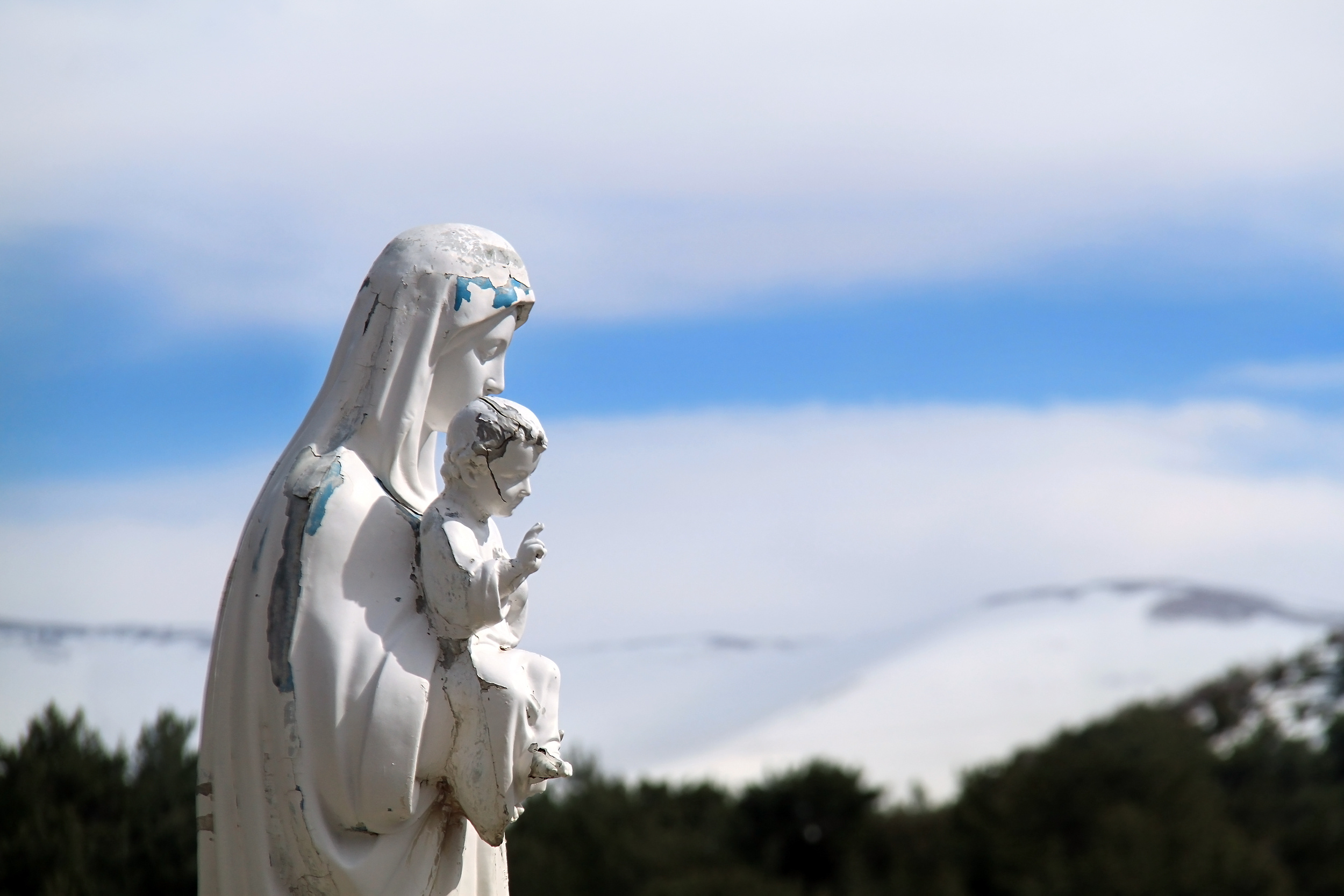
Why Support Friends of Lebanon?
Lebanon, despite the many challenges it faces, is a beautiful example of Christian unity. There are 12 different Christian Churches recognized in Lebanon’s constitution, as well as 6 other religious groups. We believe that this beautiful mosaic of Christianity is worth preserving, and something that all Christians can come together to achieve.
In one of our many online discussions with Georges and Aya over the past several months, the conversation turned to this very question. Actually, it was two related questions, posed by several of our donors who wanted to get an idea of the “big picture” with respect to Lebanon.
The first question was, “Why is it necessary for American Christians to provide financial support to this specific project, given that there are so many organizations with projects and initiatives already underway in Lebanon?”
The second question was, “Isn’t it possible that giving financial support to individual students and young Lebanese, rather than helping rebuild the Christian community in Lebanon (our long-term goal), will simply enable them to emigrate and start a new life abroad?”
In response to these questions, both Georges and Aya made very important points. Georges noted that many communities in Lebanon receive support from foreign countries, but that almost none of this support is earmarked for Lebanon’s Christian community. Why? Because, while many European and North American governmental organizations are active in Lebanon, most of these resources at the moment are focused on meeting the needs of the c. 1.5 million refugees from the Syrian civil war who have sought asylum in Lebanon.
In response to the the second question, about whether donations would simply facilitate emigration without helping to stabilize the community within Lebanon, Aya highlighted the unique sense of community among Lebanese Christians. “For many people in a similar situation, it’s true that it would make sense to leave, especially once they have the opportunity to do so,” she said. “However, we have a big sense of community in Lebanon. Here, it’s normal for people to live for years with their parents and grandparents under one roof. People don’t want to leave — they’re happy to live and work alongside their loved ones. They leave because they are forced to, after they have exhausted any possibility of supporting their family while staying in Lebanon. If there were a way to support their families, they would stay, regardless of the circumstances.”
Join Our Zoom Calls
Our Lebanon Meet and Greet conversations are held via Zoom on the first Friday of each month. We invite you to join us at our next Lebanon Meet and Greet on Friday, June 4, 2021, at 11:00 a.m. Eastern, New York time. You do not need to register for this event.
A meeting invitation will be sent out to all “Friends of Lebanon.”
You may be enrolled as one of our “Friends of Lebanon” with even the smallest donation. In addition to admission to the Zoom conversations, you will also receive regular updates from us on the situation in Lebanon, like this one.
(Click below to make a donation; even a very small one will be appreciated.)
An Exemplary “Bridge-Builder”: Catherine Doherty
Servant of God Catherine Doherty, pictured above, was born and raised in the Russian Orthodox faith, then became a Roman Catholic after emigrating to Canada.
Catherine was born in Nizhny-Novgorod, Russia, on August 15, 1896. Raised in a devout aristocratic family, she grew up knowing that Christ lives in the poor, and that ordinary life is meant to be holy. At the age of 15, she married her cousin, Boris de Hueck. Soon, the turmoil of World War I sent them both to the Russian front: Boris as an engineer, Catherine as a nurse.
The Russian Revolution destroyed the world they knew. Many of their family members were killed, and they themselves narrowly escaped death at the hands of the Bolsheviks. The Revolution marked Catherine for life. She saw it as the tragic consequence of a Christian society’s failure to incarnate its faith. All her life she cried out against the hypocrisy of those who professed to follow Christ, while failing to serve Him in others.
Catherine and Boris became refugees, fleeing first to England, and then in 1921, to Canada, where their son George was born. In the following years she experienced grinding poverty as she laboured to support her ailing husband and child.
Catherine describes a memory from her childhood in pre-Soviet Russia, in which she was sitting at a dinner table with her family and many distinguished guests, when the butler announced, “Christ is at the door, sir.”
According to Catherine, her parents got up and brought in a beggar who had been at the door, seating him at the table and feeding him.
In her later life, Catherine also had a connection to Lebanon: her husband, Eddie Doherty, was ordained a priest in the Melkite Greek Catholic Church at the age of 69 by Archbishop Joseph Raya, who was from Zahle, Lebanon and lived at the Madonna House in Ontario, Canada during his later years.
Catherine would certainly agree that, once again, “Christ is at the door,” in the form of the suffering people of Lebanon.
In the spirit of the man throwing the starfish into the sea, we are continuing our support for Christians in Lebanon, hoping to make a small difference in individuals’ lives in the face of these massive, seemingly insurmountable structural problems.
A Donor’s Perspective
One of our donors, Hilda Walter, has been regularly attending our monthly “Meet-and-Greet” video chats for the Friends of Lebanon project since last August. During our last meeting, she volunteered to write a testimony explaining why supporting this project is such an important priority. Hilda eloquently summarizes the current difficulties in Lebanon, as well as the connection she and many other American Christians feel with its people.
A Chord Was Struck: Why a Catholic in Cleveland, Ohio, takes a serious interest in conditions in Lebanon!
For the past few months, actually almost a year at this point, this female septuagenarian in Cleveland, Ohio, has joined monthly virtual gatherings called “Lebanon Meet and Greet.” Another Cleveland participant and friend introduced me to these meetings, and before long I was a regular attendee!
There’s something about hearing first-hand of struggle and suffering that can permeate our very being, especially when those in hardship share my faith.
If I could help in a big way, I would. I realize there are countless areas of need. My Cleveland parish supports a mission in Honduras, and I contribute in a small way to sponsor a child in El Salvador.
In becoming acquainted with Georges and Aya, a chord was struck!
Listening to stories of everyday difficulties exacerbated by the August 4, 2020 explosion in Beirut clawed at me. All I could do was say prayers for them and maybe donate a little.
Their particular initiative now nregards education: monies donated to help pay for children to attend school (it isn’t free!) and to enable young people who have completed high school to develop technical skills that will lead to jobs.
They tell us of costs for everyday goods beyond our imagination. The exchange rate of one American dollar sees extreme fluctuation. If you have money in a bank savings, you may only be permitted to withdraw a portion. Subsidies will shortly be eliminated for basic foods and goods, such as sugar, salt, milk, rice, beans, bread, fertilizer (“food” for plants) and feed for animals. The cost of milk and meat (if you can even get some) will exceed one’s monthly income. Unbelievable and heart-wrenching! The prospect is grim.
We hear of assistance provided for non-Christians. We hear of potential starvation. These are facets real to the Catholics in Lebanon that I have never experienced.
So how can this affect me, a comfortable mother of nine, grandmother with many blessings, wanting for very little?
Well, these struggling people are part of my own faith family. We love the same Jesus. We learn the same religious practices and beliefs. We are connected!
Somehow I view this relationship with deep meaning. My prayers will continue, as well as my willingness to help where it is possible. May God be their strength!
—Hilda Walter, Cleveland, Ohio, June 1, 2021
Get to Know Lebanon: Religious Groups in Lebanon
The Lebanese Constitution officially recognizes 18 religious groups. An official census has not been taken since 1932; because each group’s representation in Parliament is dependent on its population within Lebanon, the taking of a census is a highly charged political issue.
The two maps pictured (Lebanon, here, and Beirut, below) illustrate the main concentrations of each religious group. Maronite Catholics are dominant along the northern Mediterranean coast and in eastern Beirut (the area most affected by the August 4 explosion) with enclaves around Sidon and in other areas in southern Lebanon. Sunni Muslims predominate in Tripoli and the far north of Lebanon, as well as in western Beirut. Shia Muslims are present in Hezbollah-controlled areas in southern Lebanon near the Israeli border, as well as in the Beqaa valley in eastern Lebanon.

Other Christian groups such as Greek Orthodox and Greek Catholics have significant populations in and near the major cities of Beirut, Tripoli, Tyre, and Zahle. The area directly south of Beirut is the most diverse area of the country, with Sunni and Shia areas right next to Maronite and Druze communities.

This map of the capital city of Beirut shows the city’s division into primarily Sunni and (Maronite) Christian sectors, with the Sunni area to the west and the Christian area to the east. In the areas to the south, outside the city center, there is a strong Shia presence with multiple Hezbollah positions. The industrial port where the August 4 explosion occurred, with a long seawall and three large wharfs for docking ships, can be seen at the far northern edge of the map. It is located right next to a number of densely populated, majority-Christian neighborhoods near the waterfront.
The map below shows the site of the explosion on August 4, 2020 and the extent of the damage to Beirut.
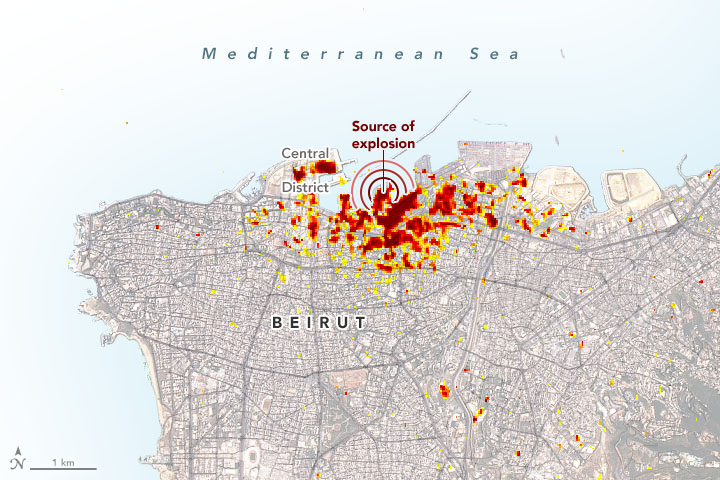
Saints of Lebanon: St. Rafqa
St. Rafqa was born Boutrossieh Chobok on June 29, 1832 in Himlaya, in the hilly Matn District to the east of Beirut. Boutrossieh had a difficult childhood. Her mother died when she was seven years old and when she was 11, her father sent her to live in Damascus for four years as a servant. When she returned home to Lebanon, she learned that her stepmother wanted her to marry her stepbrother, and her maternal aunt wanted her to marry her maternal aunt’s son. Not wishing to marry either of the men, Boutrossieh decided to enter the Convent of Our Lady of Liberation at Bikfaya.
At the age of 21, she joined the Daughters of Mary of the Immaculate Conception (“Mariamettes” in French), taking the name Rafqa, which had been her mother’s name. She was a member of the “Mariamettes” from 1855 until 1871. During this time, she worked as an educator and was a witness to massacres of Christians by Druze in the Chouf mountains during the Syrian Civil War of 1860.
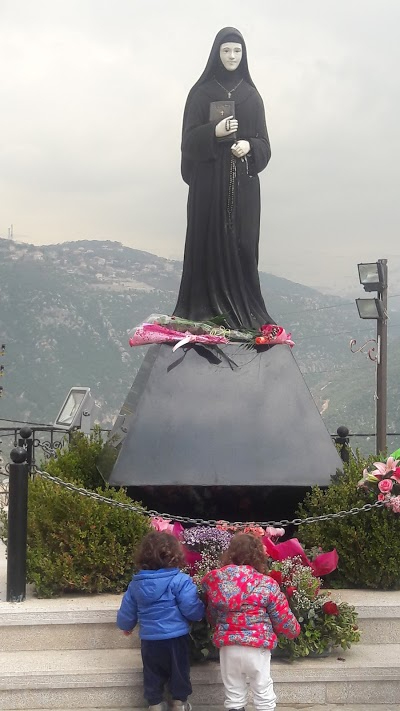
In 1873, Rafqa joined the Lebanese Maronite Order, and in 1885 her life changed as a result of a prayer.
“It was the first Sunday of the Rosary,” she later wrote. “Before leaving [to go for a walk] each of the nuns came and said to me, ‘Pray for me, sister.’ There were some who asked me to say seven decades of the Rosary… I went to the Church and started to pray. Seeing that I was in good health and that I had never been sick in my life, I prayed to God in this way: ‘Why, Oh my God, have you distanced yourself from me and abandoned me. You have never visited me with sickness! Have you perhaps abandoned me?’”
That same day, in the evening, Rafqa began to experience the first symptoms of the illness that she would suffer from for the last 28 years of her life. Over the next months and years, she slowly went blind and her body became increasingly paralyzed. After an operation in which one of her eyeballs was lanced and removed, she bled two to three times a week from both of her eye sockets. However, she bore this suffering without complaint, to the point of refusing anesthesia for her operation.
Over the last several decades of her life, several miraculous events occurred in Rafqa’s life, including the restoration of her sight for one hour when she expressed a wish to look at her Mother Superior. She also became a symbol of Lebanon and of the country’s Lebanese Christians, who at that time were facing various forms of persecution within the Muslim Ottoman Empire.
On March 23, 1914, she passed away in the Monastery of St. Joseph in Jrebta, Lebanon.
In future newsletters, we will introduce some more of Lebanon’s most beloved saints, including St. Charbel, St. Nimatullah, and St. Stephen Nehme.
—This newsletter was prepared by Christopher Hart-Moynihan, 31, the director of the Friends of Lebanon Project of Unitas: “Come, Rebuild My Church.” Born in Rome, Italy, in 1989, Christopher received his B.A. in Linguistics from William and Mary in Williamsburg, Virginia (2011), studying Spanish and Russian. He also assisted in creating the first dictionary of the endangered language of a native American Indian tribe in Louisiana. He then earned an M.A. in Linguistics from the University of New Mexico in Albuquerque, New Mexico (2015). He has translated several books, three from Italian into English, and one, Pray for Me, a biography of Pope Francis, from English into Spanish, for which he won a national award in the US in 2013. He has led Inside the Vatican pilgrimages to Russia, Ukraine, Turkey, and Italy. Christopher now resides in Costa Rica, where he is farming and completing a book which he hopes to publish later this year.

